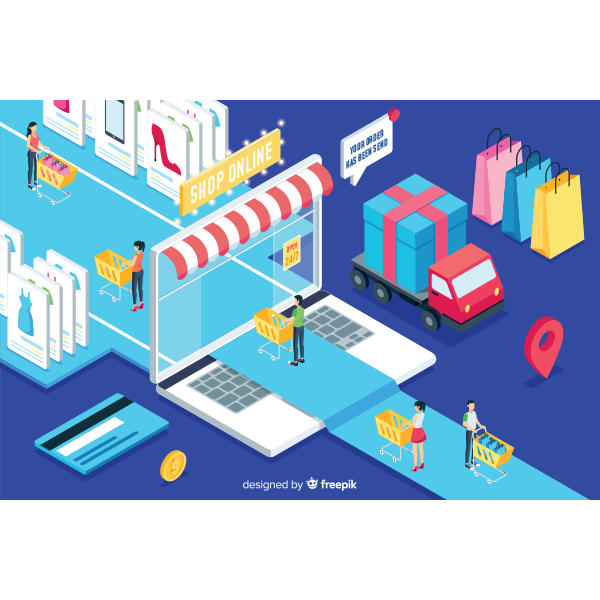OT/VT Solutions for Fast Checkout and Shelf Management in Retail
OT/VT Solutions for Fast Checkout and Shelf Management in Retail
Introduction to Smart Store Technologies
The retail sector involves many steps, from a product entering the store to being sold to the customer. For these processes to be successful, they must be fast, accurate, and designed to increase customer satisfaction. Today, many technological systems are used in stores to simplify and improve these processes. All of these are referred to as OT/VT solutions.
Tasks such as product counting, price changes, stock tracking, and payment are no longer done manually. Thanks to devices like barcode scanners, handheld terminals, electronic shelf labels, and RFID systems, these operations are now much faster, easier, and more accurate.
Fast Checkout Systems: Enhancing the Customer Experience
🔹 Self-Checkout
In some stores, customers can scan and pay for their items on their own. These systems help reduce long queues at the checkout.
Benefits:
- Shorter waiting times
- Fewer staff required
- Increased customer satisfaction
🔹 Mobile POS Devices
Store employees can use mobile devices to assist customers and complete sales directly in the aisle. This eliminates the need to wait at the main checkout.
Advantages:
- Faster transactions
- Efficient during peak hours
- Better staff-customer interaction
🔹 RFID-Enabled Contactless Checkout
Products with RFID tags can be scanned all at once without individually scanning each item. This reduces both physical contact and checkout time.
Result:
- Contactless processing
- Quick and accurate checkout
- More hygienic environment
Shelf Management: Organized and Accurate Product Tracking
Store shelves play a critical role not only in sales but also in maintaining order and visibility. With smart technologies, shelf management becomes much more structured and efficient.
🔹 Electronic Shelf Labels (ESL)
Prices are displayed on digital screens instead of paper tags. These can be updated automatically from the central system.
Benefits:
- Fast price updates
- No need for manual label changes
- Fewer pricing errors
🔹 Product Counting with Handheld Terminals
Employees can use mobile devices to count products quickly. The data is instantly transferred into the system.
Result:
- Accurate and efficient counting
- No need to close the store during stocktaking
🔹 Shelf Gap Monitoring
In some stores, cameras or sensors can detect when a shelf is empty and alert managers.
Benefits:
- Out-of-stock products detected quickly
- Prevent missed sales opportunities
- Shelves remain full and presentable
🔹 Planogram Compliance
Image recognition technologies are used to check whether products are placed correctly on shelves.
Benefits:
- Store layout remains consistent
- Misplaced items are easily identified
- Stronger brand image and shelf discipline
Key Benefits of These Technologies
✅ Faster operations
✅ Lower error rates
✅ Higher productivity with fewer staff
✅ Easier management of discounts and promotions
✅ Increased customer satisfaction
✅ Centralized remote store monitoring
Commonly Used Tools
- 📱 Handheld terminals (touch-enabled)
- 🖨️ Barcode printers
- 🧾 Electronic labeling systems
- 🛰️ RFID readers
- 📷 Camera and vision systems
- 📡 Wireless internet and data transfer infrastructure
- 🧠 Reporting and analytics software
Where Are These Systems Used?
- Grocery stores and supermarkets
- Consumer electronics stores
- Clothing and footwear retailers
- DIY and hardware chains
- Pharmacies and cosmetics stores
- Kiosks and small boutique shops

